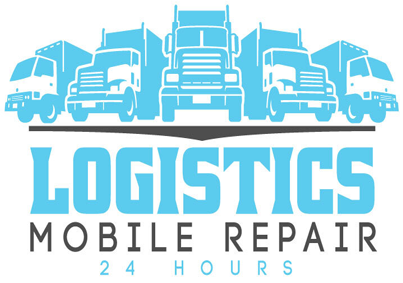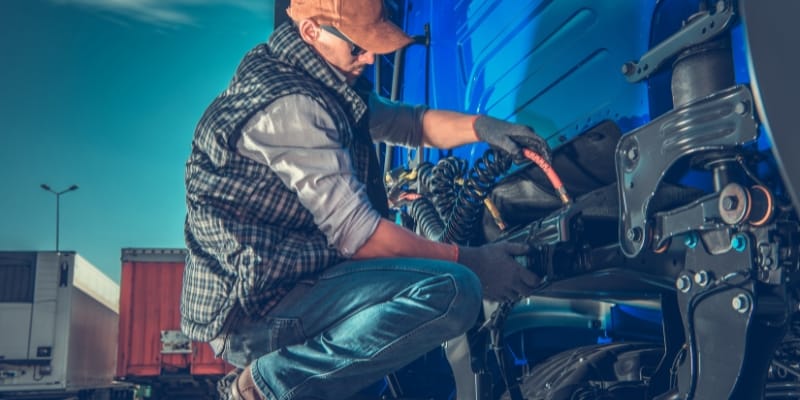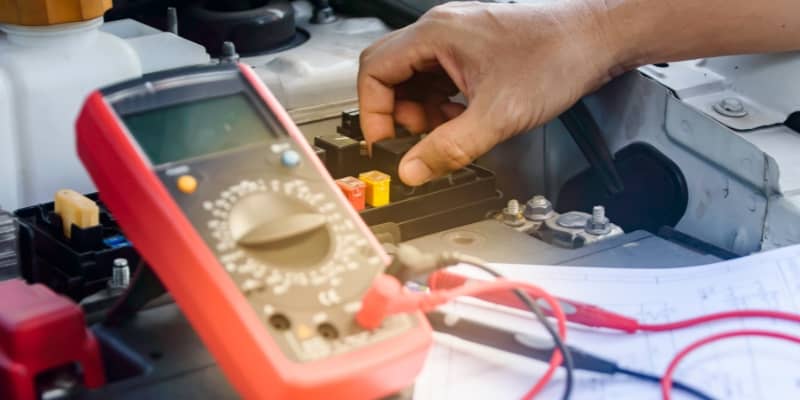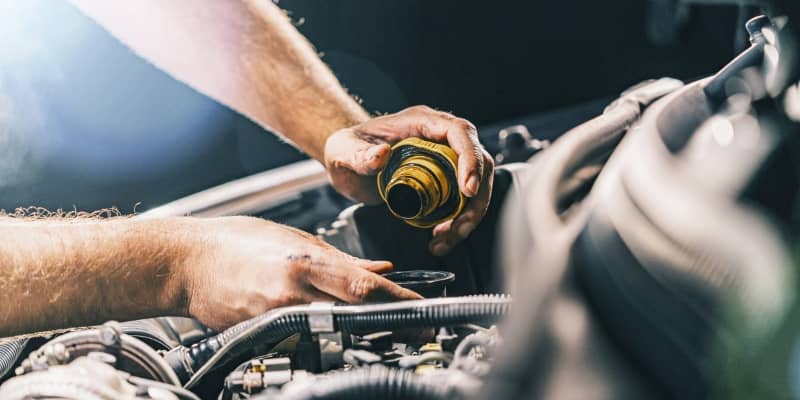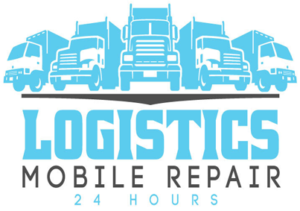The truth is that if you replace your service body with another one, you’ll be able to use the same mounting brackets and hardware as before, meaning you won’t have to add lift kit equipment if you don’t want to. However, some other considerations should come into play when deciding whether or not you want to add a lift kit, so it’s a good idea to take these things into account as well when making your final decision. Keep reading to learn more about what those considerations are.
1: What Is a Lifted Vehicle?
A lifted vehicle refers to any car that has been altered to increase its height. The most popular reasons for adding extra height are looks, clearance, off-road capability, and performance. Unlike what you might think, it isn’t hard to add a lifted vehicle (if you know what you’re doing). However, you’ll need some important parts from your local truck repair company. They’ll be able to help you find everything you need and answer questions about specific applications. Truck repair companies can also provide customers with information on how they can complete their truck repair jobs at home. With online forums and free do-it-yourself instructions available online, anyone is capable of completing truck repairs at home, but professional advice is always recommended!
2: Why Do People Lift Their Vehicles?
There are two main reasons why people choose to lift their vehicles. The first is for added clearance. Many trucks and SUVs, particularly those used for work, are fitted with heavy-duty suspensions and/or heavy equipment in the back. This combination can make it difficult for owners to get into tight parking spots or drive over speed bumps without bumping them, both of which can result in damage being done to painted surfaces or suspension components. The second reason has less to do with practicality and more with looking cool: It’s mainly aesthetic people often think it looks better (even if many would argue otherwise). Regardless of your reasons, know that there are additional factors that you need to consider when planning out your new truck design.
3: Do All Lifted Vehicles Need Upgraded Suspension Components?
Not always. Many lifted trucks do just fine with stock suspension components, but some do not. That’s why it’s always best to ask your vehicle’s service experts, your local truck repair company. And you should think about your truck’s future use. For example, if you tow small loads regularly, then an added lift might not be a big deal. On the other hand, commercial vehicles often haul much heavier loads, especially over long distances, which means owners of such vehicles will likely need upgraded suspension components and possibly more-powerful engines to pull their heavier payloads at faster speeds for longer periods.
4: Can You Lift Just the Front or Rear of Your Vehicle, Instead of Both Ends
This can be done in some cases. A frame or suspension shop may be able to modify your vehicle’s frame or suspension so that you’re just lifting one end at a time. Unfortunately, we don’t work with all types of vehicles, so it’s possible we wouldn’t be able to help you with your project. For us to take on your project, we would need: pictures of your current setup before any modifications are done, and pictures after any modifications are completed. This should show us what type of vehicle you own, and what parts are going into it and give us an idea of how difficult it will be for us to complete your project. This will allow our team members to understand how much time is involved and whether or not they can handle it.
5: What Does It Take to Lift a Vehicle?
Before we can answer that question, we need to understand what it means to lift a vehicle. For our purposes, adding a suspension lift or levelling kit to your vehicle means installing an alternative set of springs and shocks designed for taller tires and larger wheels. Because these accessories raise your vehicle’s center of gravity, they usually require an upgrade in other areas namely drivetrain and braking. In most cases, however, you’ll be able to install both safely by upgrading your truck with additional equipment (usually lowering blocks) and making sure your existing parts are up to snuff. Let’s take a look at two scenarios: using standard suspension components with added suspension lifts or levelling kits, and installing aftermarket axles for greater strength and durability.
6: The Pros and Cons of Lift Kit Upgrades
A Lift Kit Upgrade will raise your vehicle’s suspension for improved ground clearance and more off-road prowess. But you’ll also need to be wary of some drawbacks, as well. Adding a lift kit can negatively affect your vehicle’s braking distance and performance, as well as its stability when driving around sharp turns or over bumpy terrain. If you’re just looking for a better way of loading large items into your car, several excellent options don’t involve lifting anything at all. That’s why we always recommend calling in an auto specialist with experience working with vehicles like yours before making any purchase decisions. You may want that Lift Kit after all!
